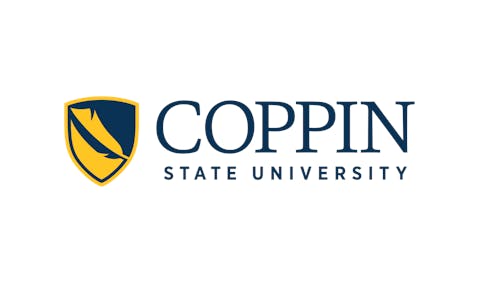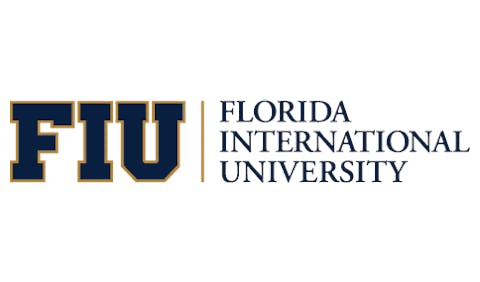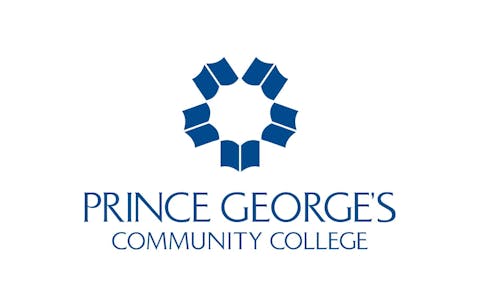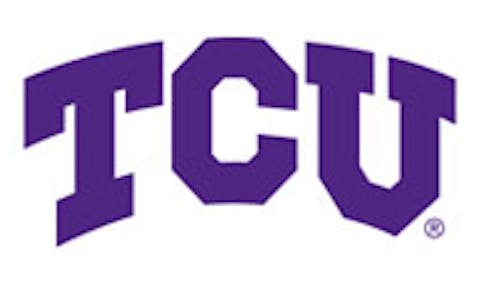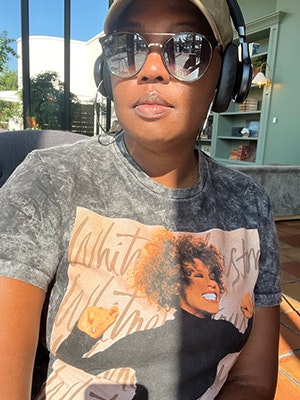Bluefield, W. Va.
When a historically Black university fails to
sustain, say, a ten percent African American student population, People
are bound to start talking. Well, they have.
Even friends of Bluefield State College are concerned because the
campus hosts a meager 7.7-percent African American student population.
Additionally, this fall for the first time in its 102-year history,
there are no African American faculty members.
The college is still listed as a historically Black university in
the Higher Education Amendment, which allows it to be eligible for
Title III funds reserved for historically Black colleges and
universities (HBCUs). In Bluefield’s case, that amounts to $1.1 million
a year.
According to a spokesperson from the Department of Education,
HBCU’s are “defined in statute as those institutions founded before
1964… with the precise mission of serving African American students.”
So while Bluefield’s statistics may have changed dramatically, it
remains an HBCU according to federal government criteria.
Still, the figures disturb Bluefield officials. That’s why the
institution’s president, Dr. Robert E. Moore, formed an eleven-member
task force last month to advise the school on the recruitment and
retention of minority students and faculty.
“This task force is comprised of respected and knowledgeable
African American leaders from our service area,” Moore wrote in a
position paper. “The members will further investigate minority
recruitment strategies employed elsewhere, along with the success of
those strategies.”
J. Franklin Long, an attorney and vice-president of the West
Virginia NAACP, is a member of the task force. While the committee has
not yet formally assembled, Long is confident that Moore has assembled
a proficient group of people.
“I have a lot of respect for the people on the task force,” he
said. “They are very capable and dedicated people who will do what is
needed to turn things around.”
Long said that Bluefield should offer incentives that make the
school more attractive to African American faculty and administrators.
“I think the real key is to have a fund available so that the salaries will attract people to come here,” he said.
When asked how realistic salary incentives are, considering
Bluefield’s economic situation, Long responded, “It’s a matter of
setting your priorities.”
Bluefield officials recognize the fact that their salary offers
can’t necessarily compete with even neighboring colleges. It was one of
the reasons that Moore cited for the lack of African American faculty.
Another reason, he explains in his statement, was a decision by
fifteen employees — including the last three remaining African
American’s on the faculty — to participate in a severance plan that
offered one-half salary over two years, plus benefits.
In addition, recruiting African American faculty has proved
difficult because, as Bluefield spokesperson Jim Nelson put it, “West
Virginia is not exactly a bastion of culture.”
Reasons the college presents for the decline in African American students are threefold.
First, after the 1954 Supreme Court decision in Brown v. the Board
of Education of Topeka, Kansas, the demographics of the institution
began to change as Black students were able to attend other colleges in
West Virginia.
Second, an economic slump, brought about by the decline in West
Virginia’s coal industry, sent a good chunk of the state’s African
American population elsewhere. Between 1950 and 1990, the African
American population in West Virginia dropped 56 percent. Today, the
state’s African American population is less than 3 percent. Mercer
County, in which Bluefield is located, has an African American
population slightly higher than 6 percent.
Third, a 1969 campus bombing prompted the state’s governing board
to close all of Bluefield State’s dormitories, which in turn focused
recruiting efforts on students who lived within driving distance.
Bluefield just recently got permission from the State College System to
work with entrepreneurs to establish student housing adjacent to the
campus.
College officials say that they are not turning African American applicants away.
“Bluefield has turned down zero African Americans in the past ten
years who had a GED or high school diploma,” said Nelson. “We have a
community college component, so even if they don’t have the test
scores, we offer remedial classes so that they can attend Bluefield.”
Moore has consulted with West Virginia State College’s president,
Dr. Hazo W. Carter Jr., about how to recruit minorities in a state that
is so minority-barren. A neighboring HBCU, West Virginia State has also
experienced a drop in African American enrollment over the years due to
many of the same reasons that Bluefield cited.
West Virginia State spokespersons say their African American
student population is currently at 14 percent and their African
American faculty population is at 18 percent. They too, still qualify
for Title III appropriations and average 1.1 million dollars a year
from the federal HBCU fund.
West Virginia State’s vice-president for student affairs, Dr. Ervin
Griffin, says that the school would like its African American
population to reach 20 percent. He attributes the campus’s student
support services as a major reason for the slight increase in African
American students that it has experienced in the past two years.
As for Bluefield State, the battle has just begun. For this
historic institution that nurtures many first-generation, low-income
college students, re-establishing a sizeable African American
population will be an uphill battle. But it’s a battle that Nelson says
the college is “certainly not going to write off.”
COPYRIGHT 1997 Cox, Matthews & Associates
© Copyright 2005 by DiverseEducation.com












